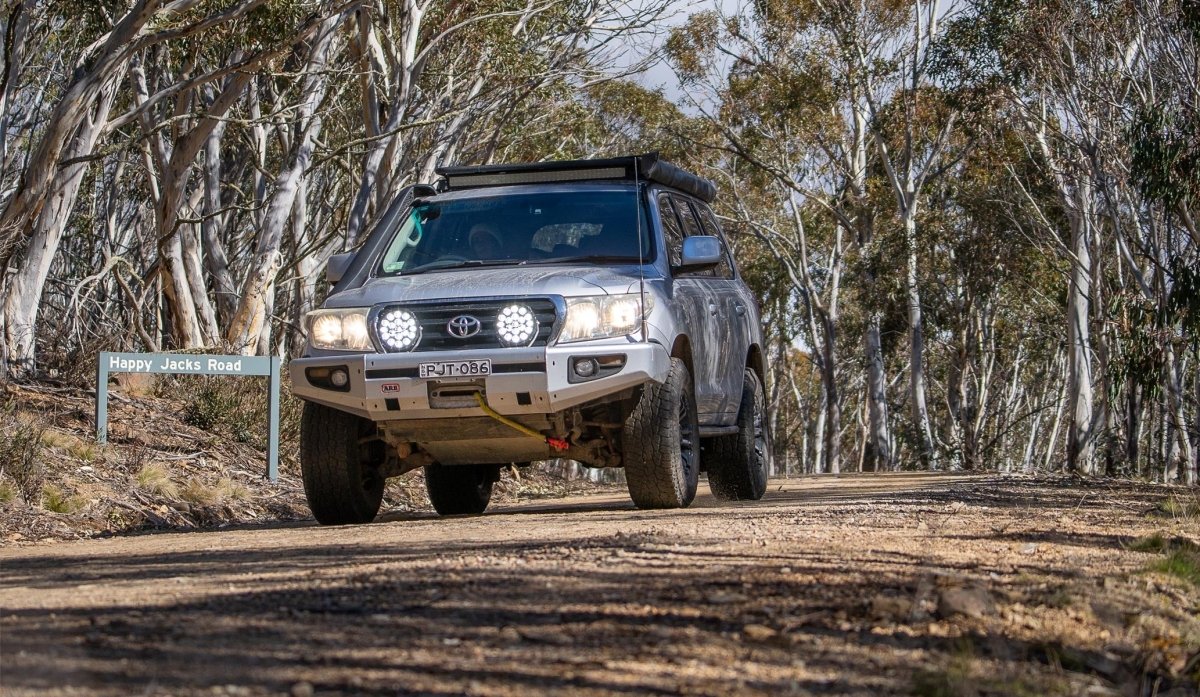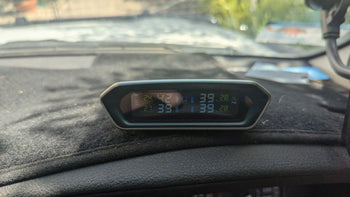

Looking to spec up your lighting situation but want to spend your pennies wisely? Here’s how to get the most for your money.
Few upgrades can transform your 4X4 quite like a solid set of driving lights. Whether you're navigating winding high country passes, carving through the outback or tackling local bush tracks, a well-planned lighting setup can make all the difference. But with endless options and a maze of technical jargon, knowing what to pick—and how to set it up—can feel like a mission in itself.
This guide aims to break down the essentials of 4X4 lighting. Along the way, we’ll cover key concepts such as beam patterns, colour temperature, mounting and care, while pointing out a few key accessories that’ll help you build a reliable, adaptable setup.
Choosing the right tech

Before we go too far down the rabbit hole of lumens and light patterns, it’s important to have an understanding of what type of actual tech you want throwing those lumens down the road. While LED has become the go-to for the 4X4 space the past few years, they’re not the only type of light you’ll find.
HID (High-Intensity Discharge): Known for their long throw and brightness, HIDs are great for distance driving. However, they take time to warm up, require a little more maintenance with bulbs and ballasts and can be a little more fragile.
Halogen: Affordable and reliable, halogen lights are easy to replace and still get the job done. Their downside? Lower brightness and a shorter lifespan compared to modern tech. Plus, they draw more power, which isn’t ideal for 4X4 setups with heavy electrical loads. You’ll be hard pressed finding a set still on shelves at a store, but the old bloke down the road will be as proud as punch of the ones on his 60 Series LandCruiser.
LED: The go-to for modern setups, LEDs offer instant brightness, minimal power draw and excellent durability in rugged conditions. While pricier upfront, their long lifespan and efficiency make them the top pick for most 4x4ers.
Making sense of beam patterns
Beam patterns are one of the most important variables to understand when upgrading your lights. They determine how the light is distributed and directly impacts your visibility on different types of terrain. Spot beams focus a narrow, intense beam of light far down the track. They’re ideal for high-speed driving on open roads or vast outback expanses, where seeing long distances helps you react to hazards early. Looking at you skip.
On the other hand spread beams, or flood as they’re sometimes called, cast a wider arc of light that covers the immediate area around your vehicle. They’re perfect for slower, more technical driving, such as navigating tight bush tracks or rocky ascents where peripheral vision is key. Combination beams, like those found in Ultra Vision’s NITRO range , blend both patterns. This allows for long-distance clarity while also illuminating the sides of the track, offering versatility for changing conditions.
Choosing the right beam pattern depends on how and where you drive. High-speed touring might favour a spot-heavy setup, while technical low-range 4X4ing benefits from the broader illumination of spread beams. For drivers who tackle a mix of environments, combination beams or clip-on covers provide flexibility without needing multiple sets of lights.

Lux vs lumens: cutting through the confusion
Lighting output boils down to two key terms that can get confusing: lumens and lux. Once you know the basics, it's pretty simple.
Lumens measure the total light output from a light, capturing every photon it throws out. It’s a great way to gauge power, but it doesn’t tell you how useful that light actually is. Ever used a set of those cheap driving lights that light up the ground right in front of you but fade out a few hundred metres down the track? Tons of lumens, but not much else.
Lux measures the intensity of light over a specific area, usually expressed as 1 lux at a given distance. It’s a better indicator of how far usable light is thrown.
For example, Ultra Vision’s top-tier NITRO 180 Maxx lights put out 23,065 lumens compared to a $99 set claiming 17,586 lumens. Not a huge difference, right? But in lux, the NITRO lights hit 1 lux at 2200m, while the cheapies only reach 1097m before their usable light drops off—double the distance with just 30% more lumens. So, when comparing lights, check both lumens and lux for brightness and usability.
Return for part two
We’re not finished with Lighting the way: How to light up the night like a pro yet! Check out the second part here.



